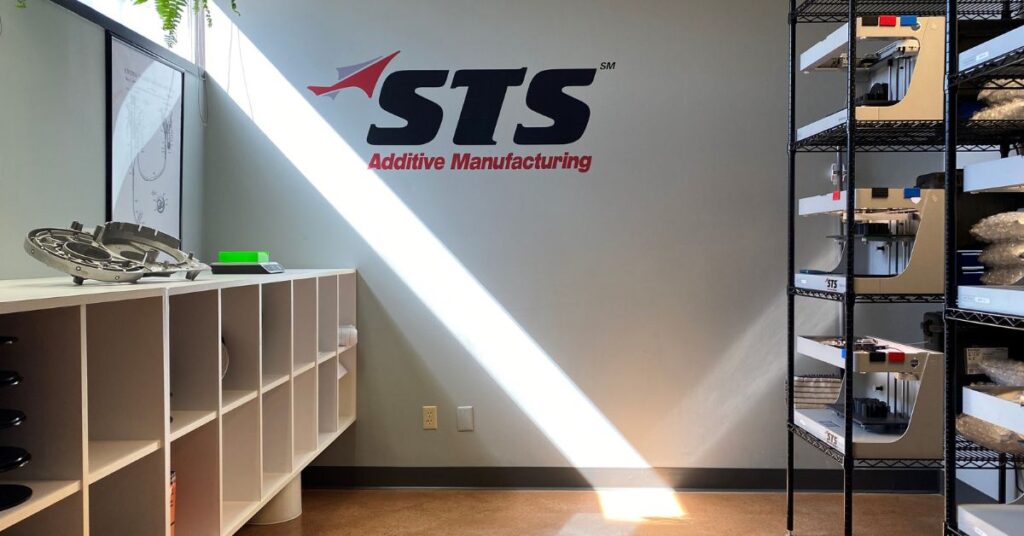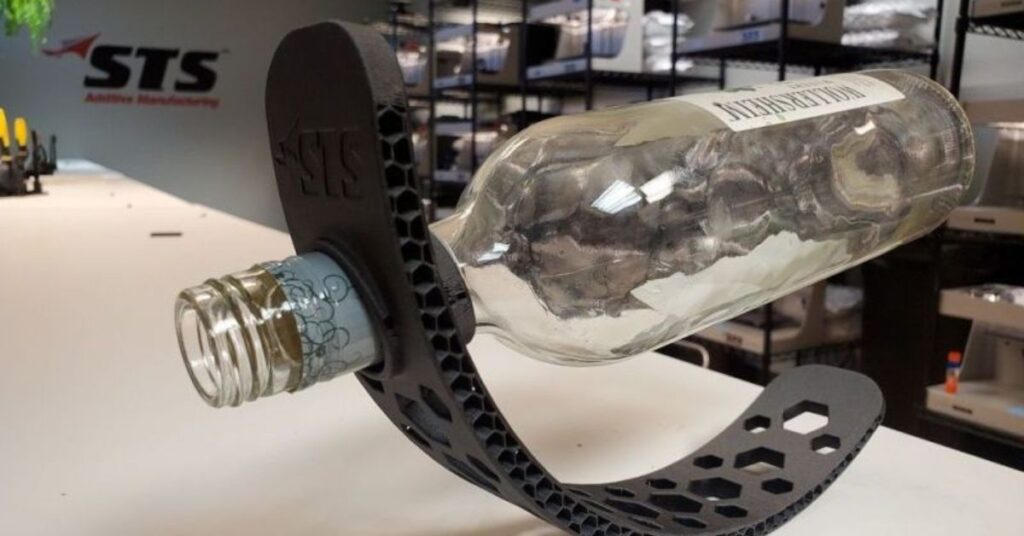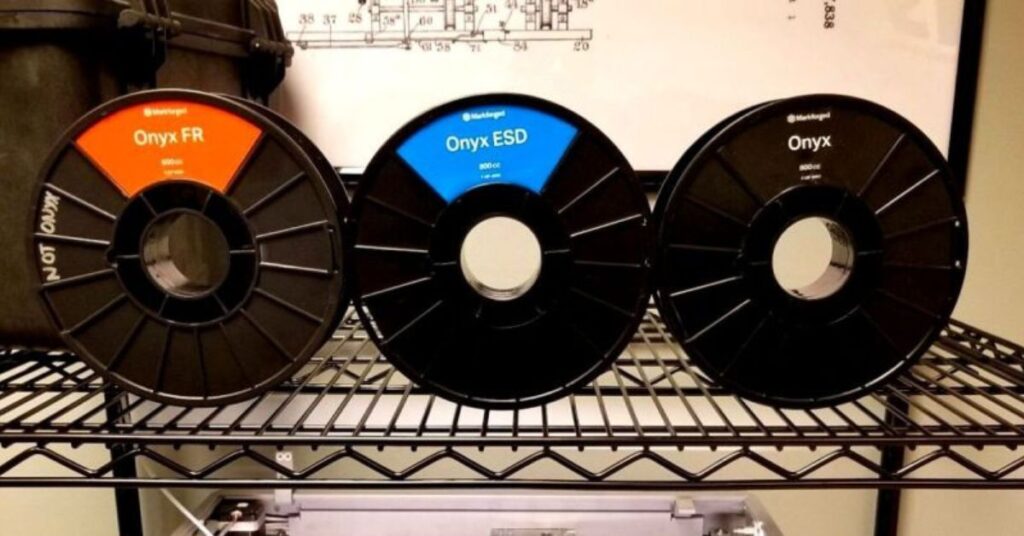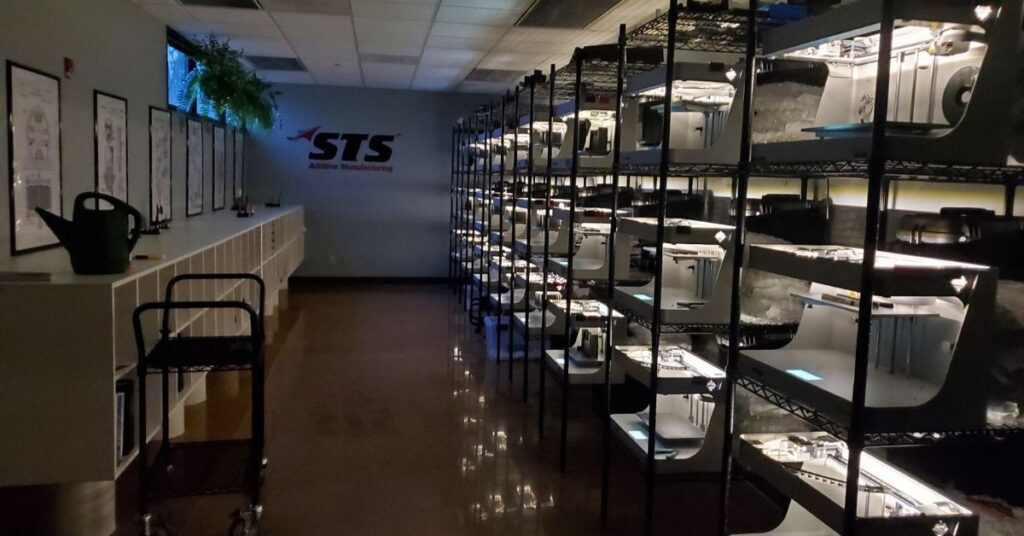Additive manufacturing, also known as 3D printing, has become an increasingly popular technology in recent years. It allows for the creation of complex geometries, the production of low volume and custom parts, and the ability to create structures with less material waste. However, the history of additive manufacturing goes back several decades, and the technology has undergone significant changes since its inception.

The beginnings of additive manufacturing can be traced back to the 1980s. Chuck Hull, the co-founder of 3D Systems, is often credited with inventing the first 3D printing process. Hull used a process called stereolithography (SLA) to create a small plastic cup in 1984. In SLA, a laser is used to selectively cure a liquid photopolymer resin into a solid, layer by layer.
Another early additive manufacturing process was fused deposition modeling (FDM). FDM was invented by Scott Crump, the co-founder of Stratasys, in the late 1980s. In FDM, a plastic filament is extruded through a heated nozzle, which deposits the material layer by layer.

During the 1990s, several other 3D printing technologies were developed, including selective laser sintering (SLS) and laminated object manufacturing (LOM). In SLS, a laser is used to sinter powdered material, such as plastic or metal, into a solid part. In LOM, layers of material are cut from a sheet and then glued together to create a 3D object.
In the early 2000s, the development of additive manufacturing technology accelerated, with the introduction of new processes such as electron beam melting (EBM) and digital light processing (DLP). EBM uses an electron beam to melt metal powder, while DLP uses a projector to selectively cure a liquid resin.

One of the major milestones in the evolution of additive manufacturing was the expiration of key patents in the mid-2000s. This led to an explosion of new companies and innovations in the 3D printing industry, as well as a significant reduction in the cost of 3D printers.
In recent years, additive manufacturing has continued to evolve, with the development of new materials, processes, and applications. For example, metal 3D printing has become increasingly popular, with the ability to produce complex geometries and unique designs. Additive manufacturing is also being used in a wide range of industries, including aerospace, healthcare, and automotive.

In summation, additive manufacturing has come a long way since its early days in the 1980s. From the early processes of SLA and FDM, to the development of SLS, LOM, EBM, and DLP, to the current state of the industry, 3D printing has seen significant advancements. As the technology continues to improve and evolve, it has the potential to revolutionize the way we design and manufacture products.
What can STS Additive Manufacturing print for you? Visit our website to learn more about the 3D Printers and materials we use to create amazing results for our clients around the world.